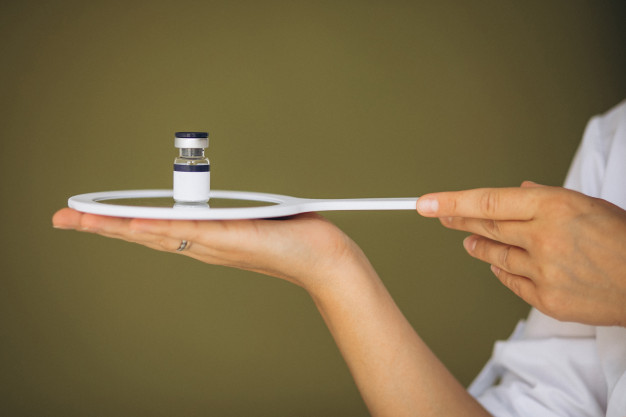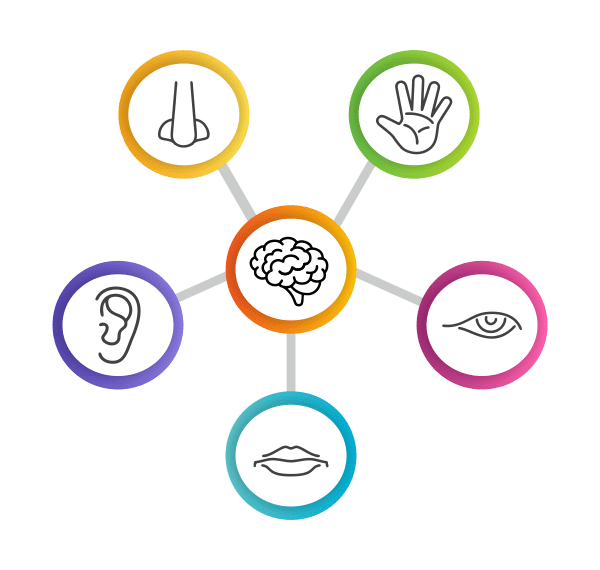
Qualitative Research
Consultancy in terms of:
The in-depth interview is a method of qualitative research in which the researcher asks open-ended questions orally and records the respondent’s answers. Interviewing is typically done face-to-face, but can also be done via telephone. The method of the in-depth interview is appropriate if the purpose is to gain an insight into individual evaluations of specific issues. This method is also appropriate if subject and issue are in the nature of something controversial, sensitive or tabooed. It is a good choice to use this method if for example a new product, packaging, an advertisement or a storyboard needs to be evaluated. One of the advantages of the in-depth interview is that there is time for the respondent, in peace, to further develop and give reasons for his or her individual point of view – without being disturbed and influenced by the opinions of other respondents. The method can produce very precise and specific answers as well as an exhaustive and varied knowledge about individual determined experiences, opinions and motives, which the group interview and the quantitative methods cannot deliver.
The most widely used qualitative tool is the focus group. A focus group is a form of qualitative research in which a group of people is asked about their perceptions, opinions, beliefs, and attitudes towards a product, concept, service, idea, advertisement, or packaging. Usually, a focus group consists of a small number of people between 4 and 15, but typically 8 brought together with a moderator (or consultant) to talk about specific products or topics. Participants of the groups are precisely selected (in terms of age, education, gender, etc.) according to the issue being under investigation to provide optimal interaction in the group. Questions are asked in an interactive group setting where participants are free to talk with other group members. A focus groups aim at a discussion instead of on individual responses to formal questions and produce qualitative data (preferences and beliefs) that may or may not be representative of the general population. This method is very good for example for idea generation, as creative session, for product & packaging further development. The goal of this method is to get beyond superficial answers and uncover insights on consumer attitudes and behaviour.
Palate semantics are group discussions in the range of qualitative research. This study helps to find answers to the questions:
- How in the most attractive way to communicate about tastes and how to call them ?
- How to determine the manner of speaking about tastes in the context of a specific product:
As a result of this study, a set of terms for a particular taste is obtained, which is in line with the respondents’ language, and information on how to talk about the taste that seemed attractive for consumers.
Creative workshops usually are done during a 2-day meeting in the group of 15 to 20 people. Such a group consists of people from different departments (e.g. marketing department, R&D), experts on a given topic (e.g. the culinary bloggers), as well as researchers. During a 2-day meeting in a creative & customized way new ideas for products are invented, that in the future could be introduced to the market.
Product Labs/ Product Sequential Recycling Study is a more advanced version of the focus group and every time is especially “tailor-made” research according to the subject. Depending on the issue is under investigation number of focus groups is set. Product labs usually last much longer than traditional focus groups because participants have more direct interaction with products or packaging to find directions to further improve the product. During product labs, various products and prototypes are presented in sequential recycling order to participants and they have the possibility to try, interact with the product and assess (share their opinions, recommendations). Participants are asked more inquisitive questions about the sensory attributes of the product. Thanks to this data collected from research is more valuable for further product development process. This is a perfect method to speed up understanding how the consumer perceives standard, new product or competitor products and it allows quickly to improve the product according to participants’ recommendations and needs. It helps to translate the concept promise into design elements, to understand rules of design for best concept fit and refine concept with better consumer language surrounding the product and/or package.
Category Labs / Category Sequential Recycling Study is an even more advanced version of focus group and Product Labs/ Product Sequential Recycling Study and also every time is especially “tailor-made” research according to the subject. Depending on the issue is under investigation number of focus groups is set. Category labs usually last much longer than traditional focus groups because participants have more direct interaction with products or packaging to discover categories. During category labs, various products and prototypes are presented in sequential recycling order to participants and they have the possibility to try, interact with the product and assess (share their opinions, recommendations). Participants are asked more inquisitive questions about sensory attributes of the product and the whole category. Thanks to this data collected from this research are more valuable for the further category development process. This is the perfect method to speed up understanding how the consumer perceives a specific category, where the white spaces are in the category, to understand how products fit the occasion and to help design products that will fit consumers’ expectations.
Ethnography is a collection of qualitative methods used in the social sciences that focus on the close observation of social practices and interactions. It is the study of social interactions, behaviours, and perceptions that occur within groups, teams, organizations, and communities. These qualitative methods enable the researcher to interpret and build theories about how and why a social process occurs. They are particularly useful to explore processes that have not been well understood and to create rich descriptions of people’s experiences. The central aim of ethnography is to provide rich, holistic insights into people’s views and actions, as well as the nature of the location they inhabit, through the collection of detailed observations and interviews. This method is very good to better understand present or future consumers in terms of their living, habits, background, rituals, and to know what they actually think about the product and how they interact with it and simply use it.
Participant observation is one type of data collection method typically done in qualitative research. This method refers to a form of sociological research methodology in which the researcher takes on a role in the social situation under observation. The social researcher immerses herself in the social setting under study, getting to know key actors in that location in a role that is either covert or overt. In practice, the researcher will often move between these two roles. The aim of the participant observation is to experience events in the manner in which the subjects under study experienced these events. Researchers who employ participant observation as a research tool aim to discover the nature of social reality by understanding the actor’s perception, understanding, and interpretation of that social world. Whilst observing and experiencing as a participant, the researcher must retain a level of objectivity in order to understand, analyze and explain the social world under study.
The Assisted Consumer Shopping method helps to better understand consumers during their shopping process. The researcher has the possibility to assist in participants’ shopping and observe what they buy and ask direct questions about the products chosen. This method allows us to discover the reasons behind shopper behaviours, gives information about the quantity of items bought, the place where they are found on the shelf, the complementary products bought. Thanks to this information marketers can better place their products in shops and create products along with consumers’ expectations (in terms of size, quantity, weight, usability).
QUICK CONTACT

